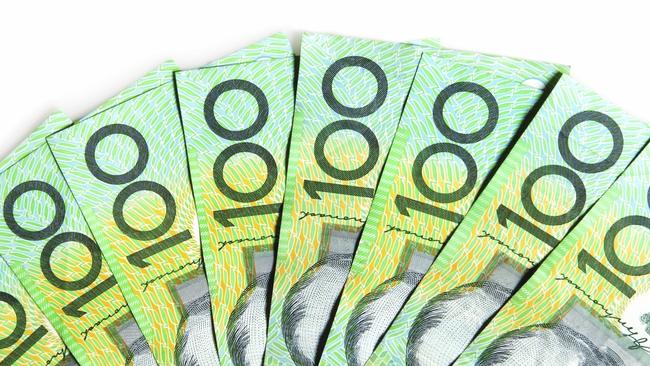Investment returns take a hit as stocks and bonds fall
Balanced growth funds are expected to struggle to achieve positive returns after simultaneous falls in domestic stocks and bonds.

Australian investment returns have had a bad start to the financial year.
The average balanced growth fund will struggle to achieve positive returns after simultaneous falls in domestic stocks and bonds, as foreign investors have endured a weaker exchange rate.
After surging on optimism about the reopening of China’s economy at the start of the year, then diving on the US regional banking crisis, Australian shares have tracked sideways.
But the ASX 200 lost 2.1 per cent, excluding dividends, for the September quarter, after diving 3.5 per cent in the seasonally weak month of September. It came as China stalled amid a loss of confidence in its property sector, and strong data and sticky inflation in developed economies fuelled expectations of interest rates staying high for longer than previous expected.
“September has once again lived up to its reputation as the worst month of the year for the ASX 200,” said IG market analyst Tony Sycamore.
Bonds suffered a relatively bigger sell-off, with the yield on Australia’s benchmark 10-year commonwealth government bond yield soaring from 4 per cent to 4.5 per cent in the quarter.
It was a similar story for the Australian dollar, which fell 3 per cent against a stronger US dollar.
It’s the first quarterly decline in shares since a year ago, when the US Fed’s resolve to clamp down on inflation sparked sharp falls in global equities and a spike in bond yields.
The sell-off in stocks and bonds accelerated last week when the Federal Open Market Committee dialled back previous forecasts of interest rate cuts in the next two years.
Moreover, bond yields have gone well beyond their 2022 highs, posing a headwind for valuations.

The global benchmark US 10-year Treasury bond yield hit a 17-year high near 4.7 per cent, exceeding its 2022 high by almost 40 basis points, while Australia’s 10-year bond yield hit a 12-year high of 4.57 per cent as expectations of interest rate cuts next year began to evaporate.
Sharemarkets in Australia and the US were “oversold” after falling 7-8 per cent from their July peaks and were due for a bounce in the short-term, AMP chief economist Shane Oliver said. But the risk of a further downward correction remained “high” as the rise in bond yields had compressed the premium of US sharemarket earnings as a percentage of their price relative to the safer yield available on US government bonds to the lowest since 2002, he added. “The ongoing rise in bond yields on the back of central bank warnings of higher rates for longer have pushed the risk premium that the key direction setting US share market offers over bonds to its lowest in over 20 years,” Dr Oliver warned.
There also remained a high risk that the sharp rise in interest rates since early 2022 and the continuing rise in oil prices would trigger recessions. “Uncertainty remains high around the Chinese economy, a US government shutdown is increasing uncertainty about the outlook for the US economy and fiscal policy, and the period into mid October is often seasonally weak for shares,” he said.
“All of this leaves shares vulnerable at a time when US valuations are looking very stretched and will become even more so if bond yields keep rising,” Dr Oliver said. “While valuations for the Australian sharemarket are more attractive, it would likely follow any further correction in US shares in the short term.”
However, Dr Oliver remains positive on shares for the next 12 months as inflation is likely to continue to trend down, taking pressure off central banks and any recession is likely to be mild.
Mr Sycamore said that with the ASX 200 near the bottom of its year-to-date trading range, and the S&P 500 bouncing off his target near 4250, he was “tactically bullish”.




To join the conversation, please log in. Don't have an account? Register
Join the conversation, you are commenting as Logout